The Australian Shepherd Mix is a popular mongrel breed strain known for its intelligence, high energy situations, and tender nature. Whether you are looking for a pious companion or a hardworking herding canine, this blend can be an excellent addition to your home. In this companion, we’ll explore different Australian Shepherd mixes, their characteristics, and how to watch for them.
What’s an Australian Shepherd Mix?
An Australian Shepherd mix is a cross between an Australian Shepherd and another dog strain. This results in a unique combination of traits from both parent types, frequently inheriting the Aussie’s intelligence, dexterity, and work ethic. Depending on the blend, these types can have different fleece colors, sizes, and grains.
Popular Australian Shepherd Mixes
Each Australian Shepherd mix inherits unique traits from its parent types, which affect its energy situations, disposition, and care conditions. Then there are some of the most popular Australian Shepherd mixes.
1. Aussie Husky (Australian Shepherd x Siberian Husky)
High energy and abidance
Requires diurnal exercise and training
Can be independent and stubborn
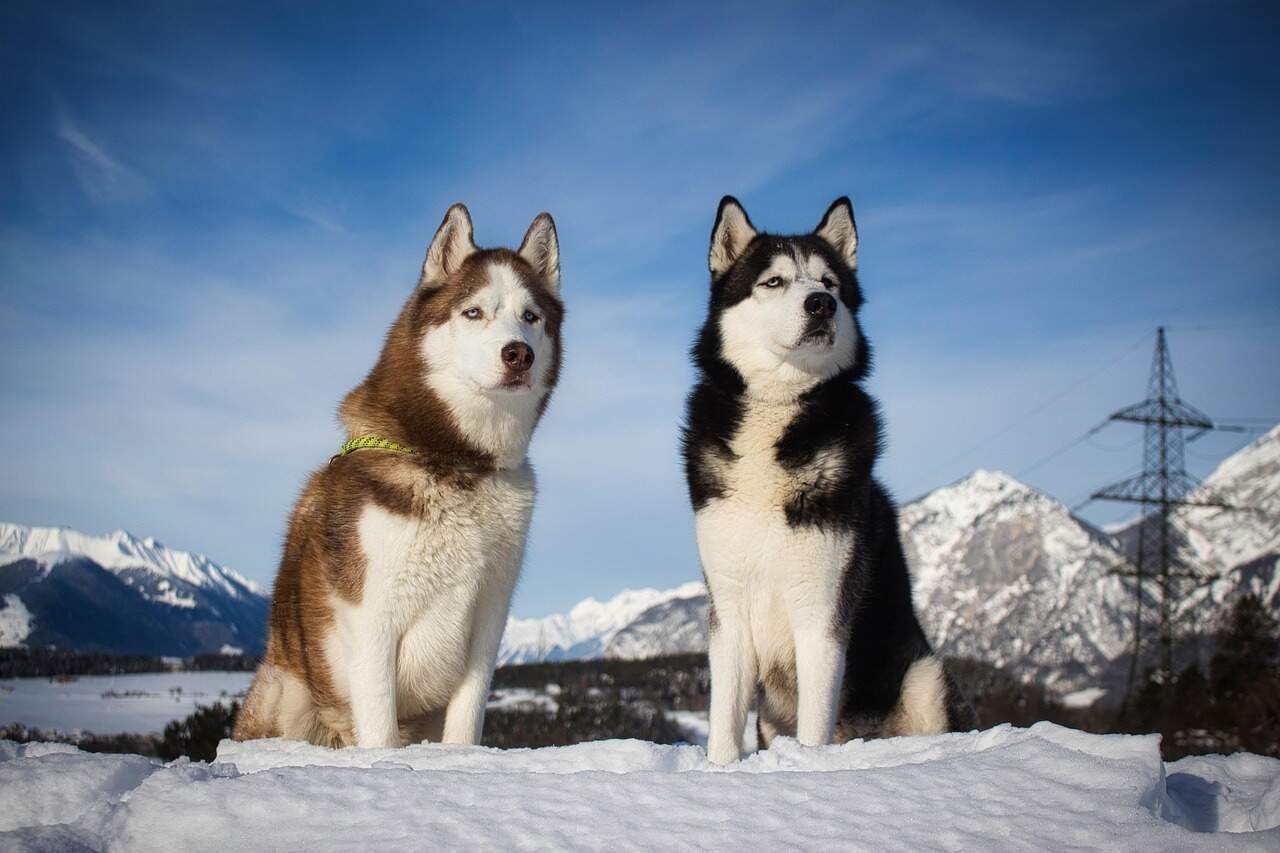
2. Aussie doodle (Australian Shepherd x Poodle)
Largely intelligent and trainable
Hypoallergenic fleece (varies depending on generation)
Requires frequent fixing

3. Australian Shepherd Lab Mix
Friendly, Tender, and pious
Great with families and children
Requires moderate fixing
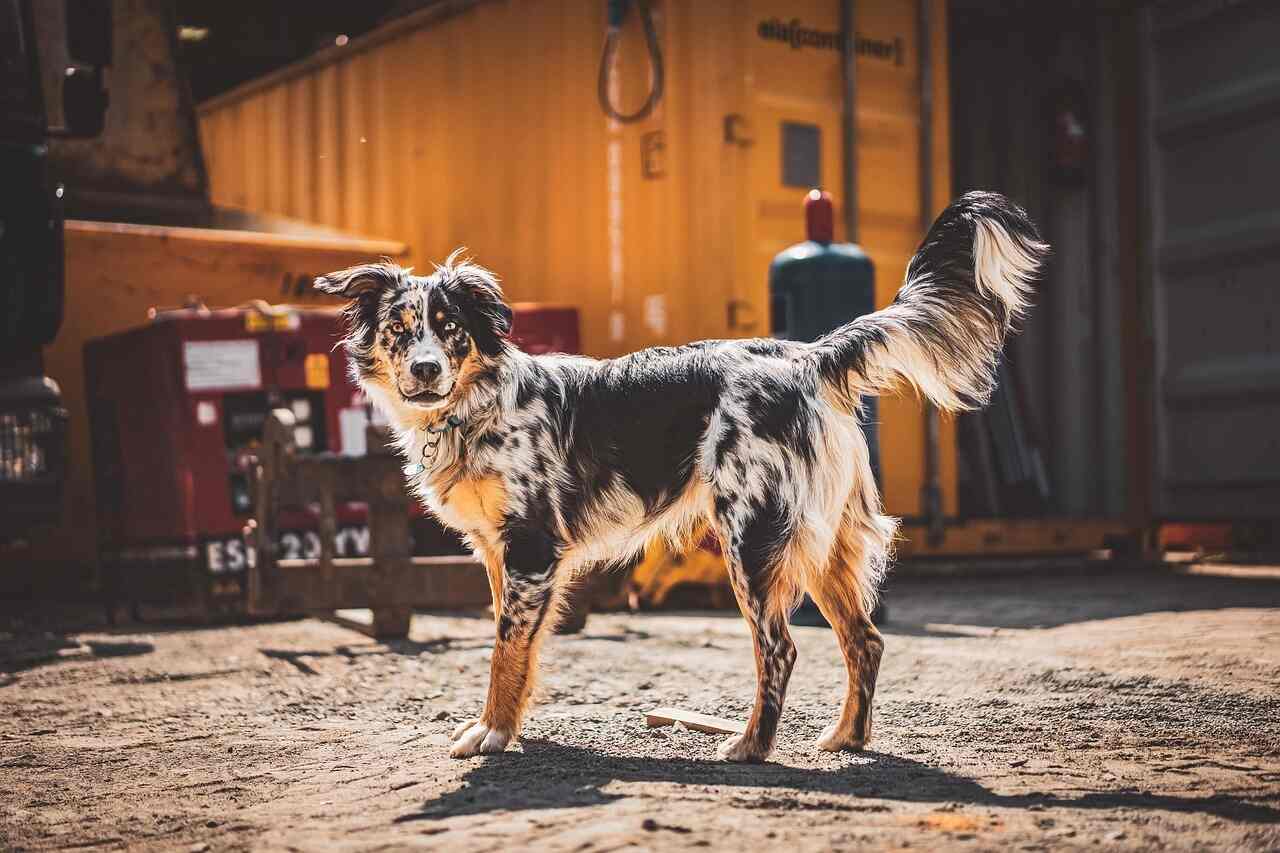
4. Australian Shepherd Border Collie Mix
Extremely intelligent and active
Needs an active life with a plenitude of internal stimulation
Can be strong conscious and bear firm training
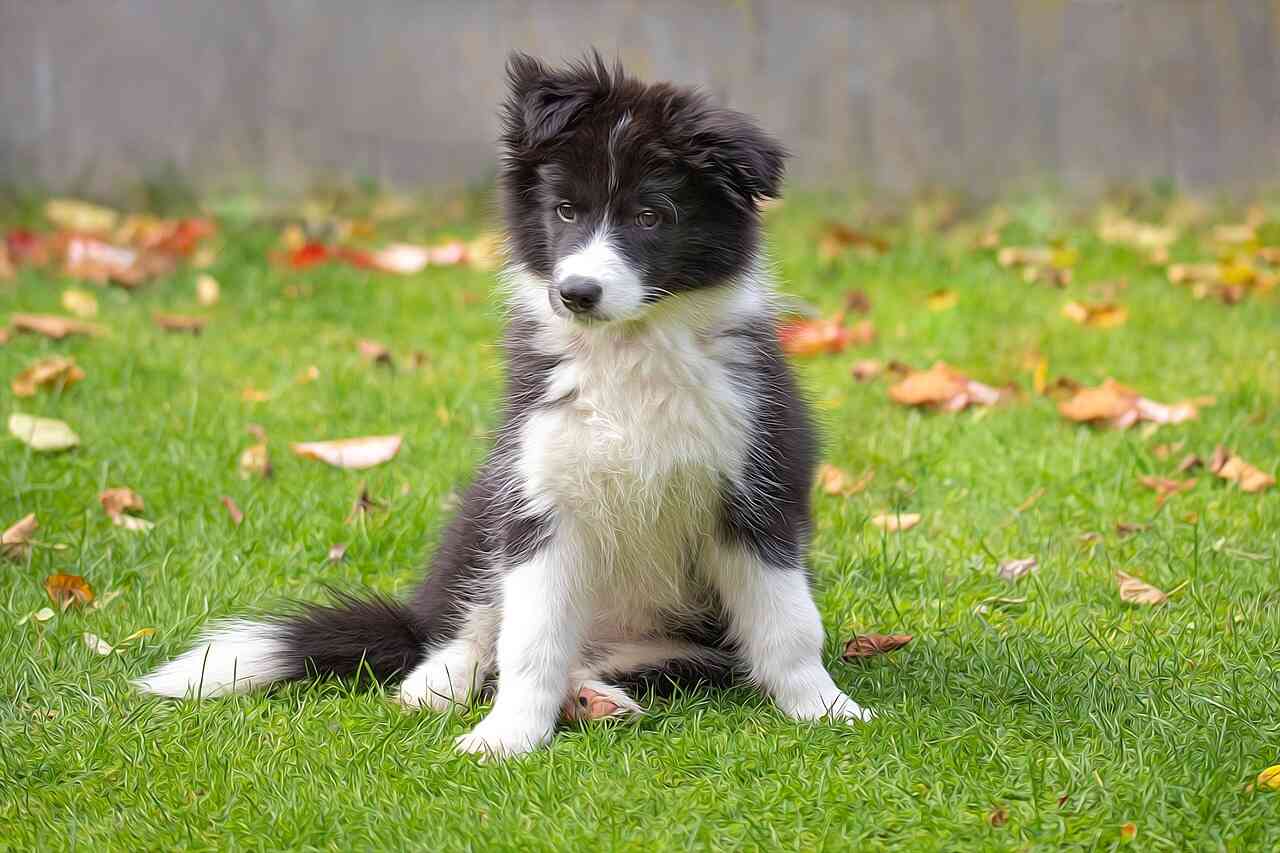
5. Australian Shepherd German Shepherd Mix
Strong, defensive, and intelligent
Ideal for educated canine possessors
Needs structured training and socialization
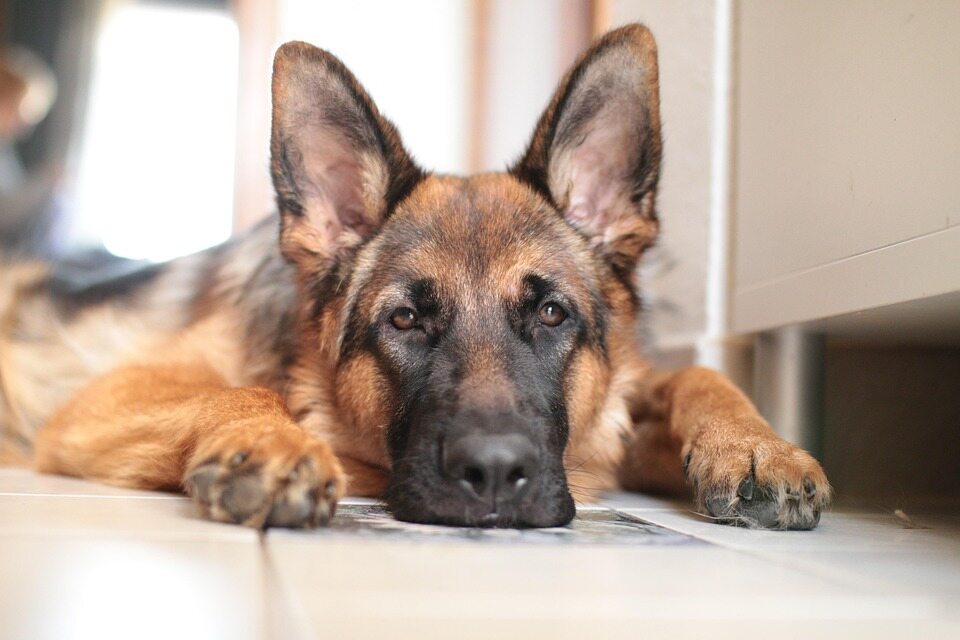
6. Australian Shepherd Golden Retriever Mix
Gentle, friendly, and sociable
Excellent family canine with a loving disposition
Requires regular fixing

7. Australian Shepherd Corgi Mix
Compact but energetic
Intelligent but can be stubborn.
Needs early training and socialization
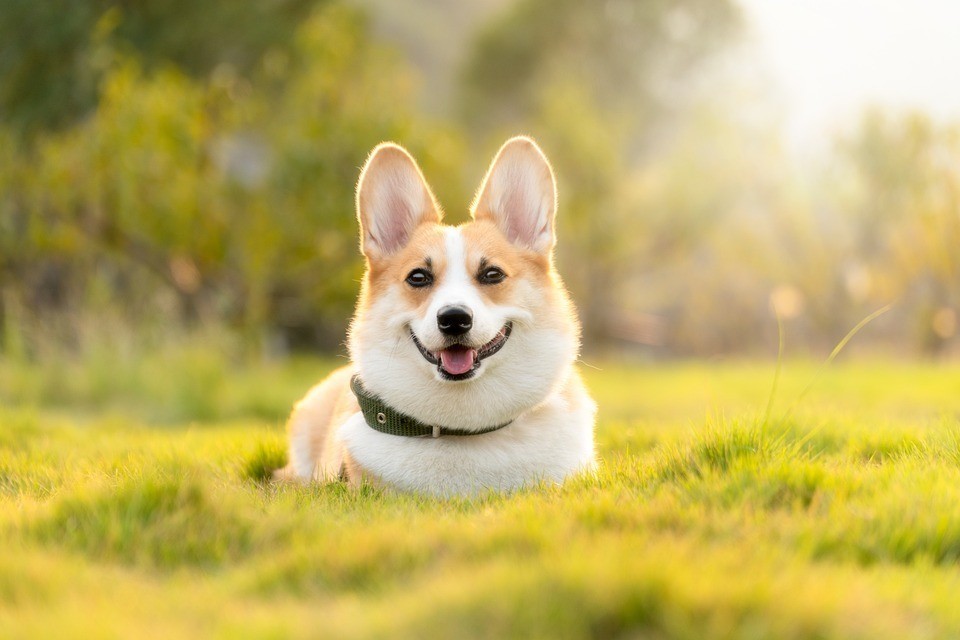
8. Australian Shepherd Pitbull Mix
Pious, strong, and tender
Requires harmonious training and socialization
May have a strong prey drive
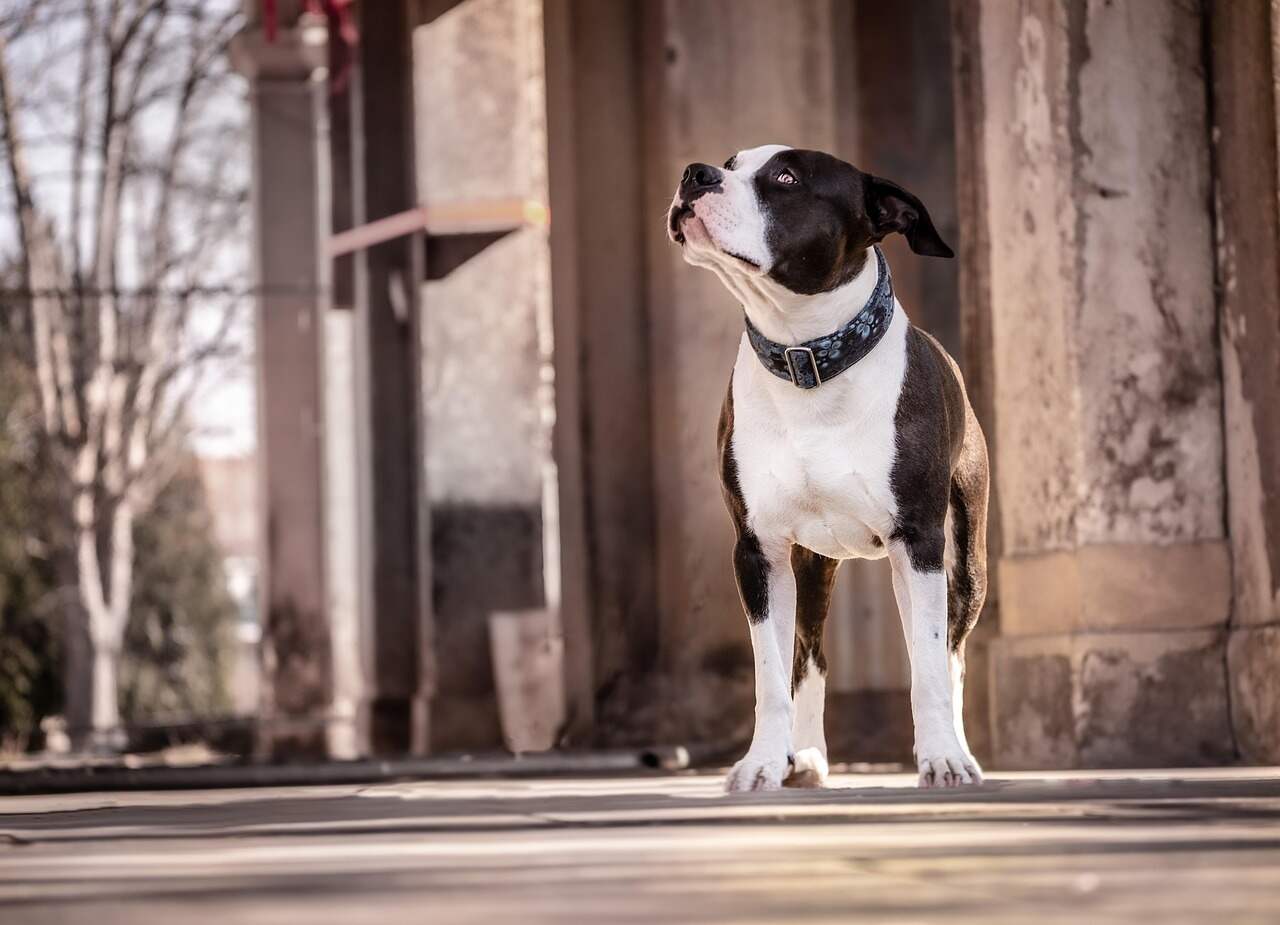
Physical Characteristics
Australian Shepherd composites come in a variety of shapes and sizes, depending on the parent types. Still, some common physical traits include
Size: Ranges from medium to large (30 to 70 lbs).
Coat: Can be straight, crimpy, or curled.
Eye Color: Blue, brown, or heterochromatic (two different colors)
Lifetime: 12 to 15 years
Disposition and Personality
Australian Shepherd composites are generally known for their
High intelligence and appetite to learn
Tender and pious nature
Strong work heritage and energy situations
Social gesture when duly trained
Training and Socialization
Early training and socialization are essential for Australian Shepherd composites. Positive underpinning styles work stylishly.
Training Tips
Launch training beforehand to establish good actions.
Use positive underpinning with treats and praise.
Fraternize them with people, Pets, and new surroundings.
Give internal stimulation through mystification toys and dexterity training.
Exercise and Activity Needs
Due to their high-energy situations, Australian Shepherds require ample exercise to stay healthy and happy.
Exercise Recommendations
At least 60 to 90 minutes of daily exercise
Interactive play sessions and dexterity training
out-of-door conditioning similar to hiking or cost
Grooming and Conservation
Their Grooming needs depend on the specific blend, but most Australian Shepherd composites bear regular brushing to help matting and reduce slipping.
Grooming Tips
Encounter their fleece 2 to 3 times a week.
Bathe only when necessary.
Trim nails regularly.
Clean eyes to help infections
Health Enterprises and Lifespan
Although generally healthy, Australian Shepherd composites may be prone to certain health conditions inherited from their parent types.
Hip Dysplasia: A common issue
Progressive Retinal Atrophy (PRA): is an eye complaint that can lead to blindness.
Epilepsy: Neurological complaint causing seizures.
Allergies: Skin perceptivity or food illiberalism
Lifetime: On average, Australian Shepherds live between 12 and 15 years with proper care.
Diet and Nutrition
Furnishing a well balanced diet is essential for maintaining an Australian Shepherd mix health and energy situations.
Feeding Tips
High protein, grain free dog food is ideal.
Give a blend of dry kibble and fresh constituents.
Avoid artificial preservatives and paddings.
Fresh water should always be available.
Living Environment and Space Needs
Australian Shepherd composites thrive in homes with enough space to bat. While they can acclimatize to apartment living with sufficient exercise, they generally do better in stylish houses with a vicinity.
Stylish Living Conditions
Homes with fenced yards
Active homes
Pastoral or suburban settings
Common Behavioral Traits and Challenges
While these Pets are largely intelligent and tender, they can also parade certain behavioral challenges if not duly trained or exercised.
Implicit Behavioral Challenges
Separation Anxiety: Can become destructive when left alone.
Herding Instincts: May try to punch small children or other Pets.
Inordinate barking: Needs internal and physical stimulation to stay calm.
Chewing/Digging: Can develop destructive actions if wearied.
How to Manage These Challenges?
Give interactive toys and mystifications.
Establish a harmonious routine.
Use positive underpinning training.
Ensure diurnal exercise and internal stimulation.
Adoption and Chancing a Responsible Breeder
Still, you have several options. If you’re considering espousing an Australian Shepherd mix.
Adoption
Look for strain-specific rescues.
Check original harbors.
Ask about disposition and background before espousing.
Choosing a Breeder
Still, ensure they’re estimable and ethical. If you prefer to get a puppy dog from a breeder. Look for
Health concurrences for inheritable conditions
Transparent parentage practices
Socialization sweats with puppies.
Positive reviews and recommendations
Conclusion
The Australian Shepherd Mix is an energetic, intelligent, and pious mongrel that can make an awful addition to active families. With proper training, exercise, and care, they can be excellent companions and working dogs. However, tender and hard working dog, if you’re looking for a smart one.
FAQs about Australian Shepherd Mix
1. Are Australian Shepherds mix good family types?
Yes, they’re pious, tender, and great for active families.
2. How big do they get?
They generally weigh 30 to 70 lbs and stand 18 to 25 inches in elevation.
3. Do they exfoliate a lot?
Yes, they’re moderate to heavy shedders and bear regular brushing.
4. Are they easy to train?
Yes, they’re intelligent and eager to learn but need harmonious training.
5. How important exercise do they need?
At least 60-90 minutes daily of physical and internal stimulation.
6. Are they good for first-time canine possessors?
Not ideal due to high energy and training requirements, but manageable with commitment.
7. Do they get along with other dogs?
Yes, but early socialization is crucial to help herding.
8. What health issues are common?
They may be prone to hip dysplasia, epilepsy, and eye diseases.
9. Can they live in apartments?
Yes, but they need a plenitude of exercise to stay happy and healthy.
10. How long do they live?
They have a lifetime of 12-15 times with proper care.
11. Do they bark a lot?
They can be oral, especially when wearied or waking their possessors.
12. What do they eat?
A high-protein, balanced diet with quality constituents is stylish.
13. How do I know if they’re right for me?
Still committed to training and can meet their energy requirements if you’re active.
14. Where can I borrow one?
Check original harbors, strain-specific deliverances, and spots like Petfinder.
15. How do I help destructive gestes?
Give exercise, internal stimulation, and training to help tedium.













